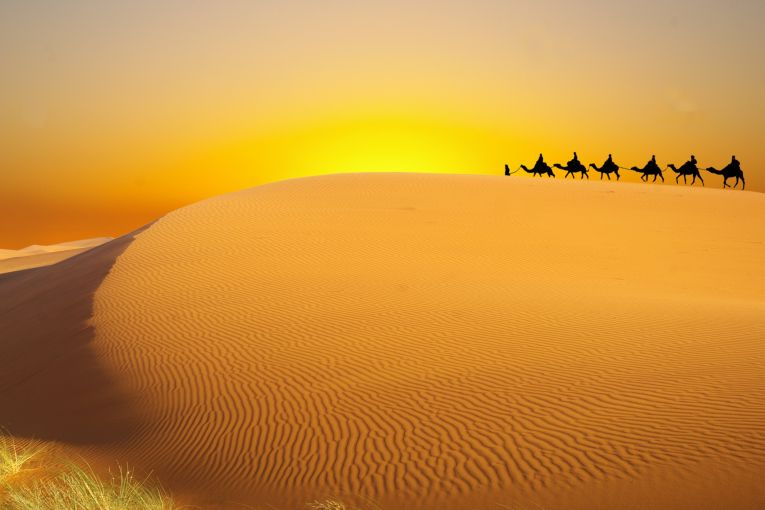It is now the 17th of June. It is the World Day to Combat Desertification and Drought. The worry we have about land coming out of agricultural use and approaching scrub and desert state is correct. Since civilisations began agricultural practices, the forest has been burned and the trees themselves unappreciated for their water retentive ability.
We have now reached the stage where most people seem to care less about the few remaining forested areas and more about whether they can prevent green land becoming desertified. One report recently pointed out that land degradation affects 20% of all cultivated areas. The answer to this of course would be to return to tree cover where it was once widespread. The days when that was possible are in the distant past.
However, tree planting is gathering apace and in all the agricultural areas, appreciation is growing for native plants. However the need for feeding the world's poor is growing daily and negative impact on delicate systems is dominant. The FAO reckon food demand by 2050 will increase by 60%. In agricultural industry, monoculture normally rules, as the quick profit and even the quick crop still force us into desperate land use.
In 1995, we were very late in setting up this one day in the year when everybody has to consider if they could improve water situations for vegetation in their environment. Even wet countries have water problems, but many nations and even continents face a dry future, with climate change adding to the confusing mix of arguments that people have to understand.
Africa was the spur to the 1994 UN General Assembly resolution on public awareness. The sad continent has always endured terrible heat and dryness, since humans began affecting their surroundings. Desertification is effectively dealt with, using the latest knowledge on colonisation and dry ecosystems. Plants can hold back the desert, but it is the trees that bind the soil to make it fertile and water-retentive once more. Incredibly, soil has become "a non-renewable but rapidly-depleting resource.
In 168 countries, the desert threatens. Burkino Faso is a good example, where grass is planted to stop the Sahara. Cost effectiveness is the key. Land is worthless in some areas and has to be made useful to cause any change in attitudes. Elsewhere in Africa, weak government (and of course, war) create havoc in Kenya, Ethiopia, Djibouti and Somalia where there have been no rains to ease the increasing spread of the desert. Where soil erosion affects agriculture, as in parts of China, 400 million people are affected, involved in economic losses of $10 billion, through loss of crops.
70% of water use is in agriculture, especially in industrial- level "farming." With high water stress now affecting the food baskets of the Americas, all of Africa, central Europe and Russia, the Middle East and South and SE Asia, the future depends upon preventing desertification. And this is the day to think on that!
This report, "The Great Balancing Act" is published by the World Resources Institute.










